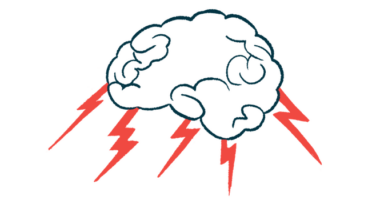Types of Rett Syndrome
Congenital (Rolando Variant)
Congenital Rett syndrome, also called the Rolando variant, is the most severe form of atypical Rett syndrome. Patients show symptoms such as loss of muscle tone and severe developmental delays during the first three months of life. This form is generally associated with mutations in the FOXG1 gene.
Early-onset Seizure (Hanefeld Variant)
People with early-onset seizure type Rett syndrome, also called the Hanefeld variant, usually start having seizures before 6 months of age. This form of the disease is caused by mutations in the CDKL5 gene, located on the X chromosome, but mutations in the MECP2 gene are also sometimes observed.
Forme fruste Variant
Forme fruste is a medical term used to refer to the incomplete manifestation of a disease. In atypical Rett syndrome, forme fruste refers to a milder variant with symptoms appearing in early childhood. Patients may not develop all of the symptoms of typical Rett syndrome, and the disease usually progresses more slowly.
Late Childhood Regression Type
This variant is characterized by normal head circumference and by a more gradual and late-onset (usually in late childhood) loss of language and motor skills than what is seen in typical Rett syndrome. Like the classic type, it is caused by mutations in the MECP2 gene.
Preserved Speech (Zapella Variant)
Patients with preserved speech type Rett syndrome, also known as the Zappella variant, manifest most symptoms of classic Rett syndrome but later regain some language and motor skills. Although it is also caused by mutations in the MECP2 gene, symptoms are milder than those in the classic type.






